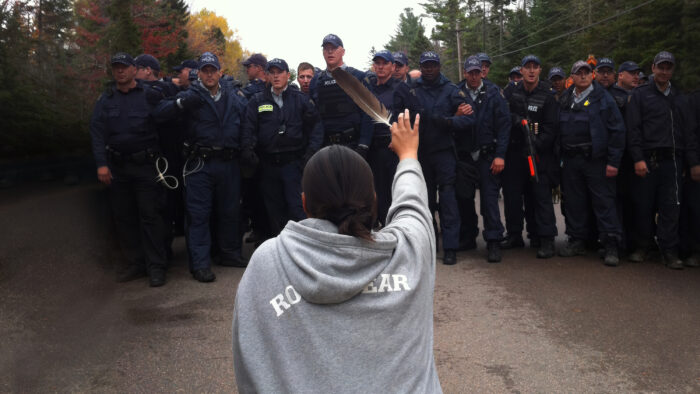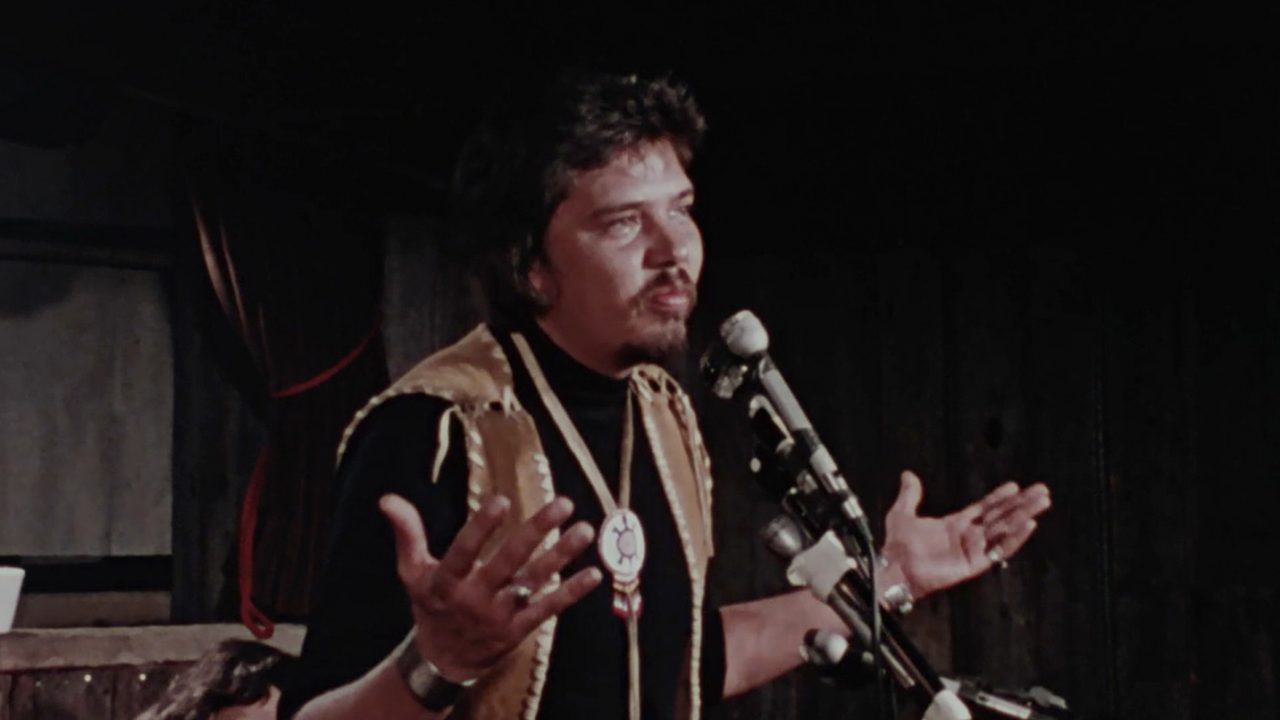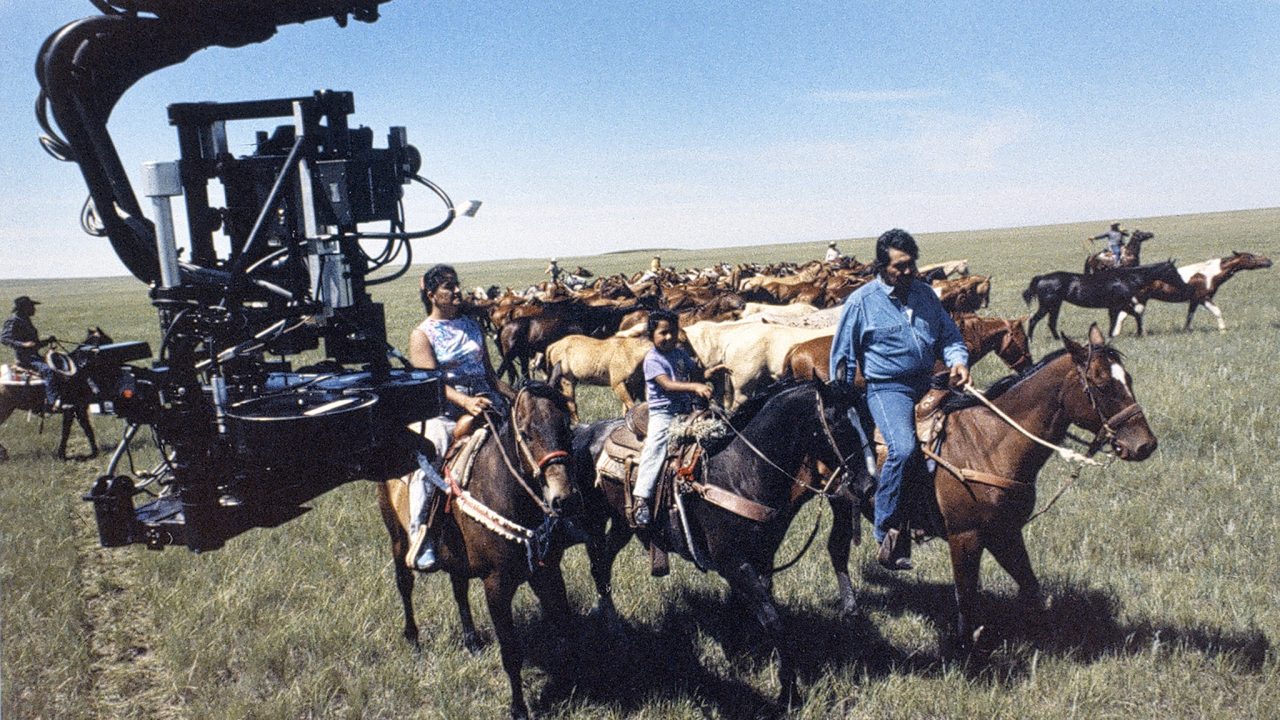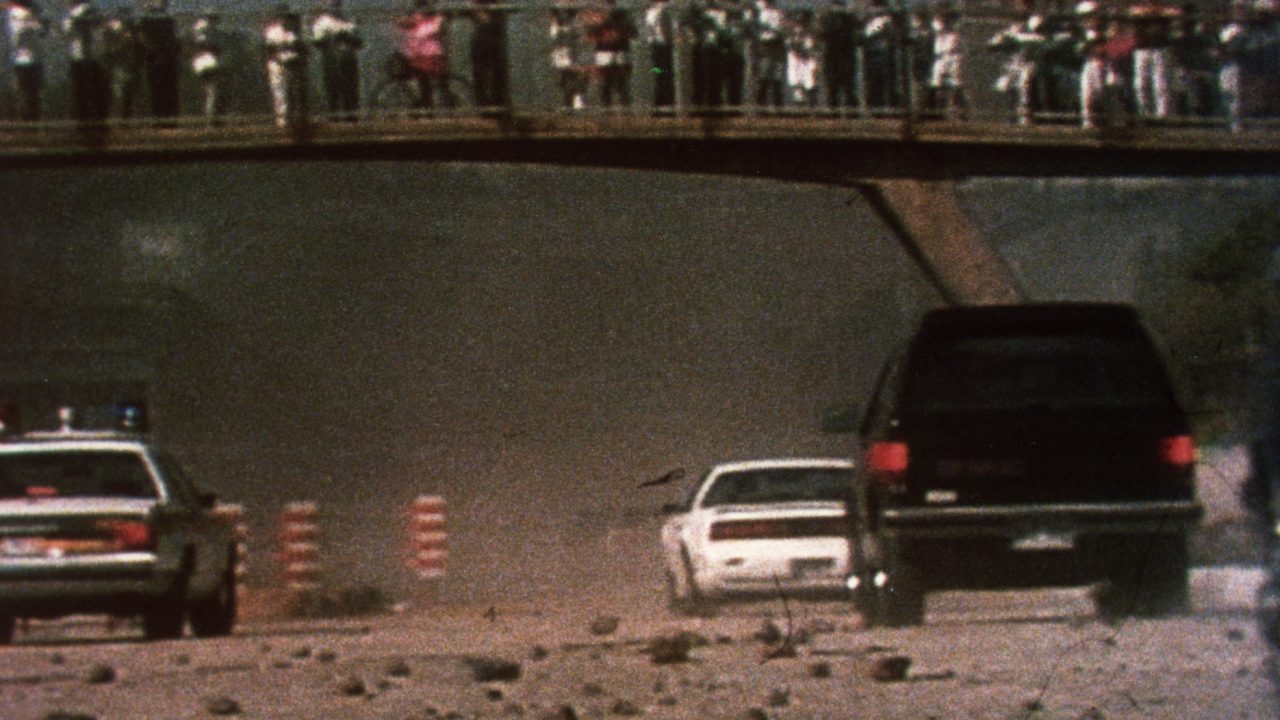
#MyNFB: Remembering the Oka Crisis with Rocks at Whiskey Trench
#MyNFB: Remembering the Oka Crisis with Rocks at Whiskey Trench
“This is the true side of what has happened to this community, and we are all a living testament. We are here, and we are going to tell the story for everyone to hear.”
I first came across Rocks at Whiskey Trench as supplemental course material during my undergrad. Initially, I was interested in the film because it spotlighted an element of the Oka Crisis of 1990, an event that had a profound impact on Indigenous people throughout Turtle Island, including my community.
Though Piikani First Nation is thousands of kilometres away from Kanesatake or Kahnawake, word of the crisis spread like wildfire and seared itself on the collective memory of the people.
The Oka Crisis opened a wound that could no longer be ignored, a wound that stretched between Indigenous and non-Indigenous, a wound that festered as the fears of people were ignited by the discourse from mainstream media and the Canadian government.
As I watched the film, I was struck with the blatant racism of throwing rocks at elders, women, and children as they were fleeing their community.
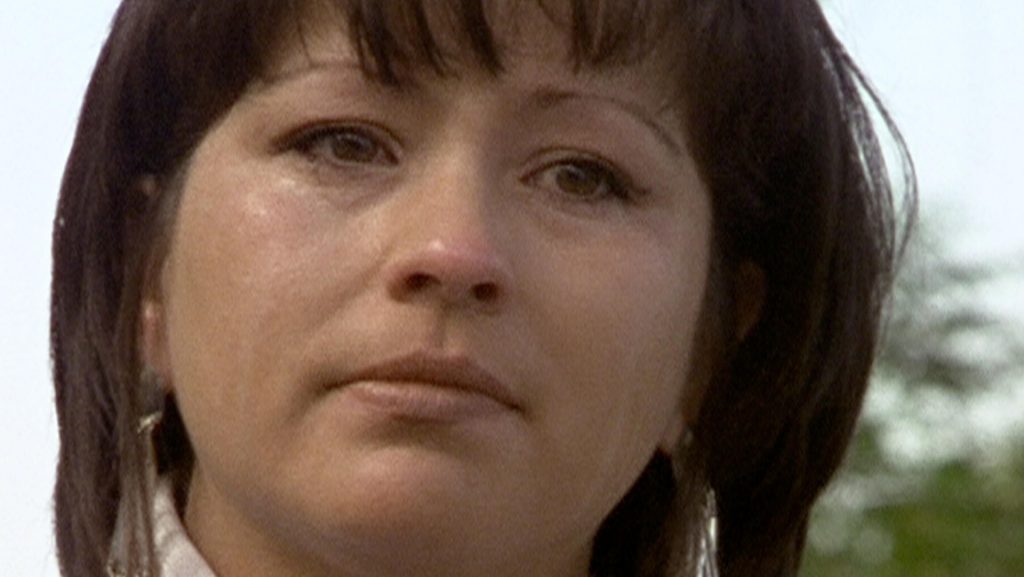
I was struck with the apathy of police officers who failed to stop a mob of Quebecois from picking up these rocks—some of which I would call small boulders—and aiming them at those seeking safety. As the film progressed, I became overwhelmed with a creeping tension. Could something like this happen now?
It already was. It was the fall of 2016, and frictions in Standing Rock around the Dakota Access Pipeline had reached a pinnacle. As I sat watching a film about a crisis that happened 26 years prior, Indigenous people were in a fight for their lives, for their territories, and most profoundly, for their sovereignty. This realization had me gutted.
Although much can be said about the suffering and hardship endured by Indigenous people in these conflicts, there is also much to be said about resiliency and strength.
These events saw a collective awakening and brought together Indigenous and non-Indigenous nations from across the world. These events serve as a reminder that time does not protect us from the harms of history. We cannot afford to stand by idly and forget these injustices.
I have recommended this film to many people, and it’s because Rocks at Whiskey Trench carries a critical message. History is cyclical. The conversation continues in this era of “reconciliation”—deny it as we might, we are still on that cusp.
Be it rocks or rubber bullets, one thing remains the same: physical force cannot deplete the memory of a people, nor their spirit. The fight continues.
By Amber Bedard
Watch Rocks at Whiskey Trench :
Rocks at Whiskey Trench, Alanis Obomsawin, provided by the National Film Board of Canada
